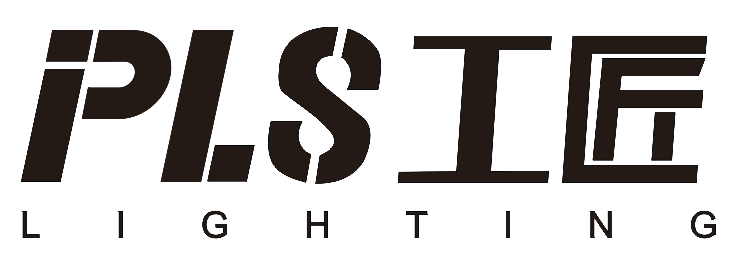02 Jun,2022
Analysis of the application of LED technology in the field of stroboscopic lighting
Analysis of the application of LED technology in the field of stroboscopic lighting
The research on non stroboscopic is the most intuitive from the perspective of power supply. In fact, it is about the problem of "frequency". The ultra-high frequency human eye and CCD probe will not have feelings, while the low frequency human eye and CCD probe will have intuitive feelings. The way to achieve no stroboscopic is either to do UHF DC output, or to really remove or reduce the ripple content in DC.
In 2014, the LED lighting market has already formed a blowout trend. Constant current driving power, as the standard configuration of LED lighting, will be the most competitive market. After all, intellectualization is not the focus of competition in the current market. From the perspective of traditional enterprise structure, driving power supply manufacturers are still playing their competitive advantages in terms of price, delivery time, quality and after-sales, striving for development
Now we do not lack the understanding of new technology, it is difficult to choose suitable suppliers in the face of the flourishing product technology. Today, let's discuss the basic knowledge of the application of stroboscopic technology in the field of LED civil lighting.
1. What is stroboscopic?
Stroboscopic effect and stroboscopic effect are two mutually causal physical quantities of electric light source, the fluctuation depth of luminous flux and the resulting harmful effect (called stroboscopic effect). Stroboscopic is the depth of luminous flux fluctuation of electric light source. The greater the fluctuation depth of luminous flux, the more serious the stroboscopic.
The stroboscopic ratio is equal to the difference between the maximum light output and the minimum light output in a switching cycle divided by the sum of the maximum light output and the minimum light output. The stroboscopic index is equal to the amount exceeding the average optical output in a switching period divided by the total optical output.
The fluctuation depth of luminous flux of electric light source is directly related to the technical scheme of electric light source.
2. How to test strobe?
Human eyes are not sensitive to flicker above 60Hz. The power frequency of LED constant current power supply output is generally 100Hz and above. When taking pictures with CCD (mobile phone, camera), because of the different sampling frequency, water ripple will appear. However, it is related to the preset frequency of mobile phone and camera, photosensitive element and shutter speed, so this test method is not necessarily accurate, but a simple test method.
The traditional test method is: in the sunlight, rotating the black-and-white gyroscope, the pattern will form a stable ring, and the color ring will not change with the rotation speed and direction. Under the tested light, rotate the black-and-white gyroscope to observe the phenomenon: if the color or ring structure of the pattern changes, it indicates that there is stroboscopic light, and the more obvious the change is, the more severe the stroboscopic light is. This method can't judge the stroboscopic depth accurately.
The most scientific test method is to use the light flickering analyzer, the core of which is an ultra fast photometer with a sampling frequency of 10Ks / S (10000 tests per second). Scanning the luminous curve (similar to oscilloscope), and calculating the flicker index and other parameters, the light wave depth (light ripple coefficient) is obtained.
3. What kind of stroboscopic depth is acceptable?
There is no demand for stroboscopic, which should be developed according to the needs of the market. At present, there are clear technical requirements in the U.S. regulations, but most markets do not have a unified standard to strictly require the stroboscopic depth of the light source. At present, some customers require the fluctuation depth to be less than 8%, some require it to be less than 5%, and some even require it to be less than 1%.
4. How to realize no stroboscopic technology?
LED lighting products are driven by AC-DC DC constant voltage or constant current power supply, and the light source itself will not affect the stroboscopic characteristics. Whether the output light has flicker or not depends on the design of LED driving power supply.
It is worth noting that the presence or absence of strobe is not the basis for judging the quality, reliability and quality of LED driving power supply, it just makes the light quality of lighting products more healthy. Therefore, to achieve LED lighting products without stroboscopic, the fundamental lies in the design of LED driving power supply.
Under the current technical background, the technical ways to realize no stroboscopic are as follows:
First, passive PFC + valley filling circuit
Scheme 2: two stage scheme, active PFC correction and flyback converter
Scheme 3: Buck circuit without PFC correction
Scheme 4: the DC end of LED power supply is connected in series with a special IC for ripple elimination (without stroboscopic)
Scheme 5: LED power supply DC end series linear constant current circuit


